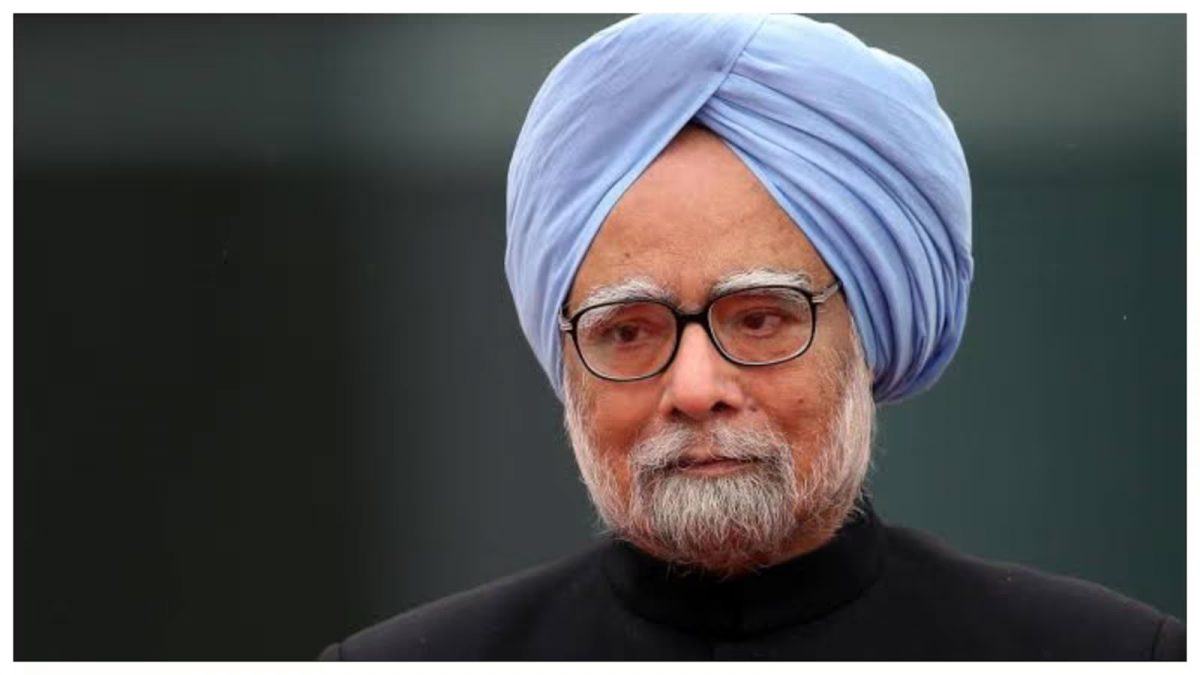In 1991, India faced a severe economic crisis characterized by dwindling foreign exchange reserves, high fiscal deficits, and a looming balance of payments crisis. The nation was on the brink of defaulting on its international obligations, necessitating immediate and decisive action. It was against this backdrop that Dr. Manmohan Singh, serving as the Finance Minister under Prime Minister P.V. Narasimha Rao, introduced a series of transformative economic reforms that would reshape India’s economic landscape. Dr. Singh’s 1991-92 Budget speech emphasized the need for market forces, reducing fiscal deficits, and essential economic reforms to steer India out of economic turmoil and lay a foundation for sustained growth and poverty reduction.
These reforms, often referred to as the Liberalization, Privatization, and Globalization (LPG) model, aimed to dismantle the License Raj, reduce government control over the economy, and encourage foreign investment. While the primary objective was to stabilize the economy, the ripple effects of these reforms extended to various sectors, including education, healthcare, skill development, and women’s empowerment.
Impact on Education
The economic liberalization of 1991 had a great impact on India’s education sector. The opening up of the economy led to increased demand for a skilled and educated workforce, prompting both the government and private sector to invest more in education. The period following the reforms saw a significant rise in the number of private educational institutions, offering diverse courses tailored to the evolving needs of the economy.
Furthermore, the increased economic growth resulting from the reforms provided the government with greater fiscal space to invest in public education. Programs aimed at universalizing elementary education, such as the Sarva Shiksha Abhiyan launched in the early 2000s, can trace their feasibility to the economic stability and growth initiated by the 1991 reforms.
Impact on Healthcare
While the 1991 reforms did not directly target the healthcare sector, the resultant economic growth had indirect positive effects. With a more robust economy, there was an increase in public and private expenditure on healthcare infrastructure. The liberalization policies also facilitated the entry of private players into the healthcare sector, leading to the establishment of numerous private hospitals and clinics across the country.
Additionally, the increased availability of resources allowed the government to launch various health initiatives aimed at improving maternal and child health, controlling communicable diseases, and enhancing overall public health infrastructure. The economic stability achieved post-1991 provided a conducive environment for these health interventions to be implemented effectively.
Impact on Skill Development
The liberalization of the Indian economy underscored the importance of a skilled workforce to meet the demands of a rapidly industrializing nation. Recognizing this, there was a concerted effort to revamp vocational and technical education. The government, in collaboration with private entities, established numerous Industrial Training Institutes (ITIs) and polytechnics to impart industry-relevant skills.
Moreover, the increased interaction with global markets post-liberalization exposed Indian industries to international standards and practices, necessitating a workforce that was not only skilled but also adaptable and innovative. This period saw the introduction of various skill development programs aimed at enhancing employability and productivity.
Impact on Women’s Empowerment
The economic reforms of 1991 played a pivotal role in advancing women’s empowerment in India. The shift towards a market-oriented economy opened up new employment opportunities for women, especially in sectors like information technology, telecommunications, and services. This economic independence contributed significantly to improving the social status of women.
However, it’s important to note that the relationship between economic liberalization and female labor force participation (FLPR) in India has been complex. Despite significant advancements in economic freedom and GDP per capita since the 1991 reforms, these have not consistently translated into increased FLPR. Various factors, including socio-economic indicators, demand and supply-side factors, and sectoral shifts in the economy, have influenced this trend.
Furthermore, the increased fiscal space allowed the government to invest in social programs aimed at women’s development. Initiatives focusing on female education, maternal health, and skill development were launched, contributing to the overall empowerment of women.
Dr. Manmohan Singh’s 1991 economic reforms were a watershed moment in India’s history. While the immediate objective was to rescue the economy from crisis, the long-term effects have been far-reaching, impacting various sectors including education, healthcare, skill development, and women’s empowerment. The liberalization policies set in motion a series of changes that have contributed to India’s emergence as a significant player on the global stage.
As we reflect on the legacy of these reforms, it is essential to recognize the multifaceted impact they have had on Indian society. The journey initiated in 1991 continues, with ongoing efforts to address the challenges and opportunities that arise in a dynamic global environment. As India mourns his passing, his legacy continues to inspire and guide the nation’s journey towards sustained development and prosperity.



